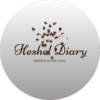As we traverse the globe, we encounter a kaleidoscope of flavors and textures, each region offering its unique contribution to the world of fruits. From the tropical paradises of South America to the lush forests of Southeast Asia, exotic fruits tantalize our taste buds and broaden our culinary horizons. Join us on a journey to explore 20 of the most extraordinary fruits from around the world.
1. Mangosteen

The mangosteen fruit is small, round, roughly the size of a tangerine or an apple. It features a thick, dark purple rind that’s tough and inedible when raw, often referred to as the “pericarp.” Inside, the mangosteen contains segments of soft, white, juicy flesh.
Taste: Mangosteen is renowned for its exquisite taste, often described as a combination of flavors such as sweet, tangy, and slightly tart. The flesh is juicy and tender, with a texture similar to lychee or a ripe peach. Its flavor profile is often compared to a blend of strawberry, peach, and vanilla.
Origin: It is primarily grown in Southeast Asia, southwest India, and other tropical areas such as Colombia, Puerto Rico, and Florida, where the tree has been introduced.
2. Durian

Durian fruits are large and oval-shaped, typically about the size of a football, though they can vary in size. The outer husk or shell is covered in sharp, spiky thorns, as depicted in the picture. Inside, the durian fruit contains several sections of creamy, custard-like flesh, each separated by fibrous membranes. The color of the flesh ranges from pale yellow to deep orange, depending on the variety and ripeness.
Taste: Durian’s flavor is notoriously divisive. Some people adore it, while others find it repulsive. It has been described as a unique combination of sweet, savory, and creamy flavors, with hints of almond, caramel, and vanilla.
Origin: The name “durian” is derived from the Malay word “duri,” meaning ‘thorn.’ The durian fruit is native to the rainforests of Southeast Asia, particularly in countries such as Indonesia, Malaysia, Thailand, and the Philippines. It has been cultivated and consumed in this region for centuries, with a rich cultural history dating back to ancient times.
3. Tamarillo

Tamarillos are egg-shaped or oval fruits that typically measure about 2 to 4 inches in length. When cut open, they slightly resemble tomatoes, revealing juicy flesh. This flesh can vary in color from bright yellow or orange to deep red or purple, depending on the variety.
Taste: Tamarillos have a unique flavor that combines elements of sweetness and tartness, similar to a blend of tomatoes and passion fruit. The taste can vary slightly depending on the variety and ripeness of the fruit.
Origin: The tamarillo is native to the Andes of Ecuador, Colombia, Peru, Chile, Argentina, and Bolivia. Today, it is still cultivated in gardens and small orchards for local production and remains one of the most popular fruits in these regions. Other regions where it is cultivated include subtropical areas throughout the world, such as Ethiopia, Burundi, Kenya, Rwanda, South Africa, Nepal, Hong Kong, China, the United States, Australia, Bhutan, New Zealand, and Nagaland, Manipur, Darjeeling, and Sikkim in India.
4. Feijoa
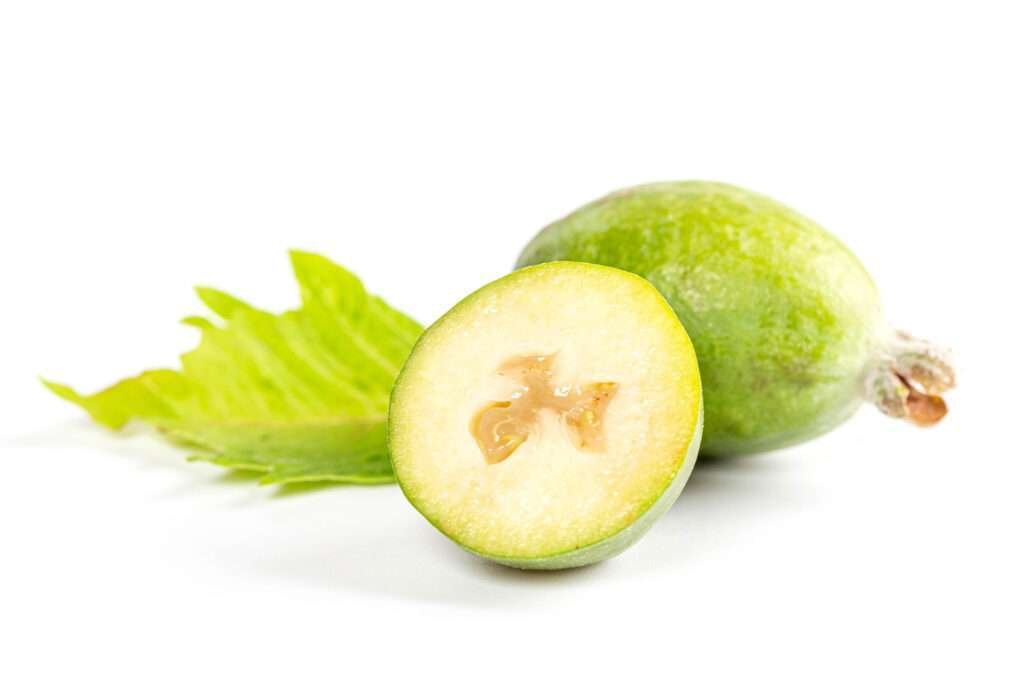
Feijoas are typically oval-shaped or egg-shaped fruits, roughly the size of a small egg or avocado. They have a thin, smooth, pale green skin that may develop slight wrinkles when ripe. The fruit can be eaten whole, including the skin. Inside, feijoas have translucent, jelly-like flesh with a texture similar to that of a ripe pear. The flesh surrounds a central cavity filled with small, edible seeds.
Taste: Feijoas boast a unique and complex flavor profile. They are often described as tasting like a combination of pineapple, guava, and mint, with floral undertones. The flavor is sweet and slightly tart, with a hint of spice.
Origin: Feijoa, also known as pineapple guava or guavasteen, is a unique and flavorful fruit native to South America, particularly Brazil, Uruguay, and Argentina.
5. Cherimoya

Cherimoya, also known as the “custard apple,” is a heart-shaped fruit with green, dragon-like skin, which may seem like a mythical creation. When you cut open a cherimoya, you’ll find creamy, custard-like flesh divided into segments. The flesh is usually white or pale yellow and contains dark brown or black seeds that are toxic if ingested; thus, they should be removed before consuming the fruit.
Taste: Cherimoya boasts a wonderfully unique flavor that’s often described as a blend of tropical fruits such as banana, pineapple, papaya, and mango. The texture of the flesh is smooth and creamy, reminiscent of custard or pudding.
Origin: Cherimoya is a tropical fruit native to the Andes region of South America, particularly Peru, Ecuador, and Colombia.
6. Buddha’s Hand

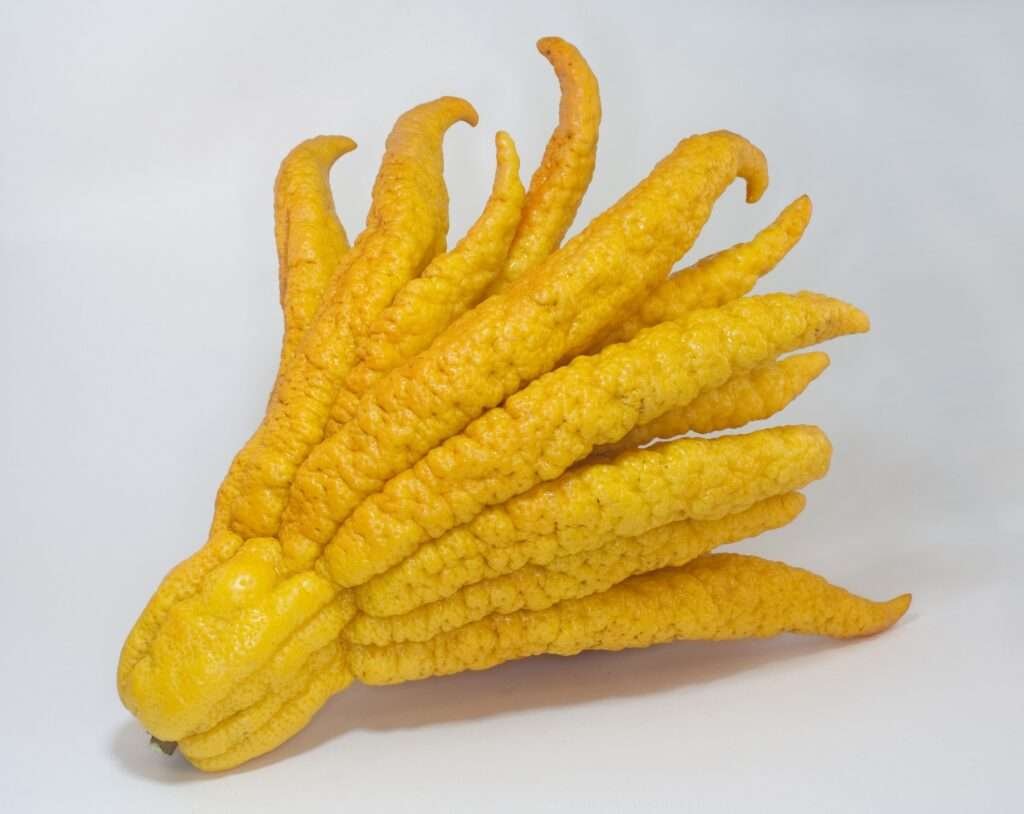
Buddha’s hand is characterized by its unusual shape, which resembles multiple yellow fingers extending from a central base, akin to the fingers of a hand. Unlike many fruits, Buddha’s hand does not contain juicy pulp or seeds inside; instead, it consists mainly of pith, which is white and spongy.
Taste: It emits a sweet, lemony aroma that is more floral than fruity, a scent that has perfumed the homes and temples of Asia for centuries.
Origin: The exact origin of Buddha’s hand is uncertain, but it is believed to have originated in northeastern India or China. The fruit has a long history of cultivation in East Asia, particularly in China and Japan, where it has been revered for its unique appearance and aromatic zest for centuries.
7. Sapodilla
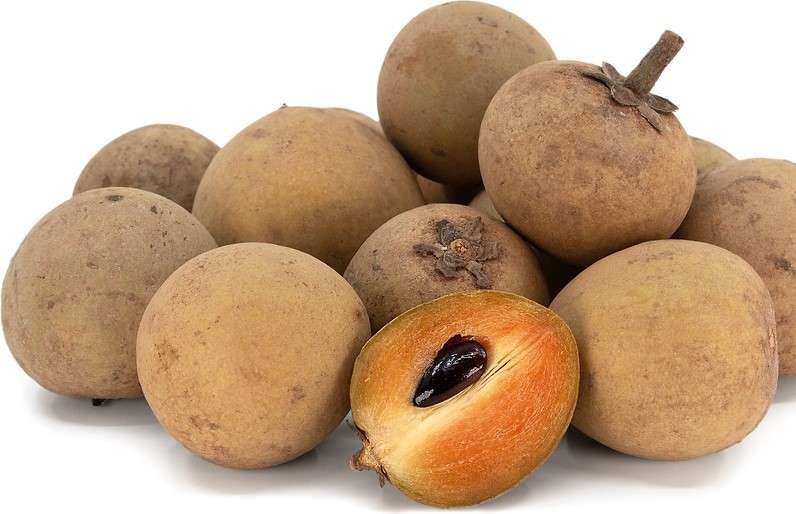
Sapodilla is renowned as one of the sweetest fruits globally. It features quite thin, rough, and textured skin, with a brownish-gray hue when ripe. The ripe fruit yields slightly to gentle pressure. When you cut open a sapodilla, you’ll discover creamy, brownish flesh that’s sweet and grainy in texture, reminiscent of a pear or brown sugar. The flesh contains several small, shiny black seeds, which are typically removed before eating.
Taste: Sapodilla boasts a deliciously sweet flavor with undertones of caramel and brown sugar. Some describe its taste as a blend of pear, brown sugar, and a hint of cinnamon.
Origin: Sapodilla is a tropical fruit native to Mexico, Central America, and parts of the Caribbean.
8. Gac

Also known as Momordica cochinchinensis or baby jackfruit, Gac fruit is small to medium-sized and typically round or oval-shaped. It features a spiky outer skin that transitions from green to a vibrant orange-red color when ripe. When you cut open a gac fruit, you’ll find bright orange or deep red flesh with numerous seeds embedded in it. The flesh is soft and slimy, with a texture similar to that of cooked pumpkin or squash.
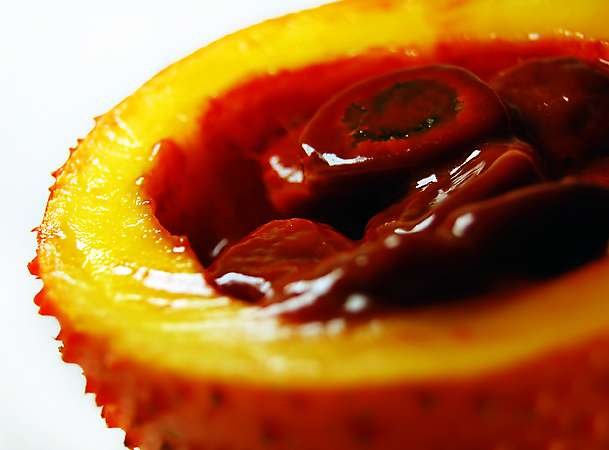
Taste: Taste-wise, gac is relatively mild, akin to a blend of avocado and tomato. It is often incorporated into dishes rather than eaten on its own. One popular dish is Xoi gac, where the fruit’s seeds and the soft part around them are cooked with sticky rice, imparting a bright red color to the rice.

Origin: Gac is native to Southeast Asia, particularly Vietnam, Thailand, Laos, Cambodia, and Myanmar. It grows naturally in tropical and subtropical regions, thriving in warm, humid climates.
9. Soursop
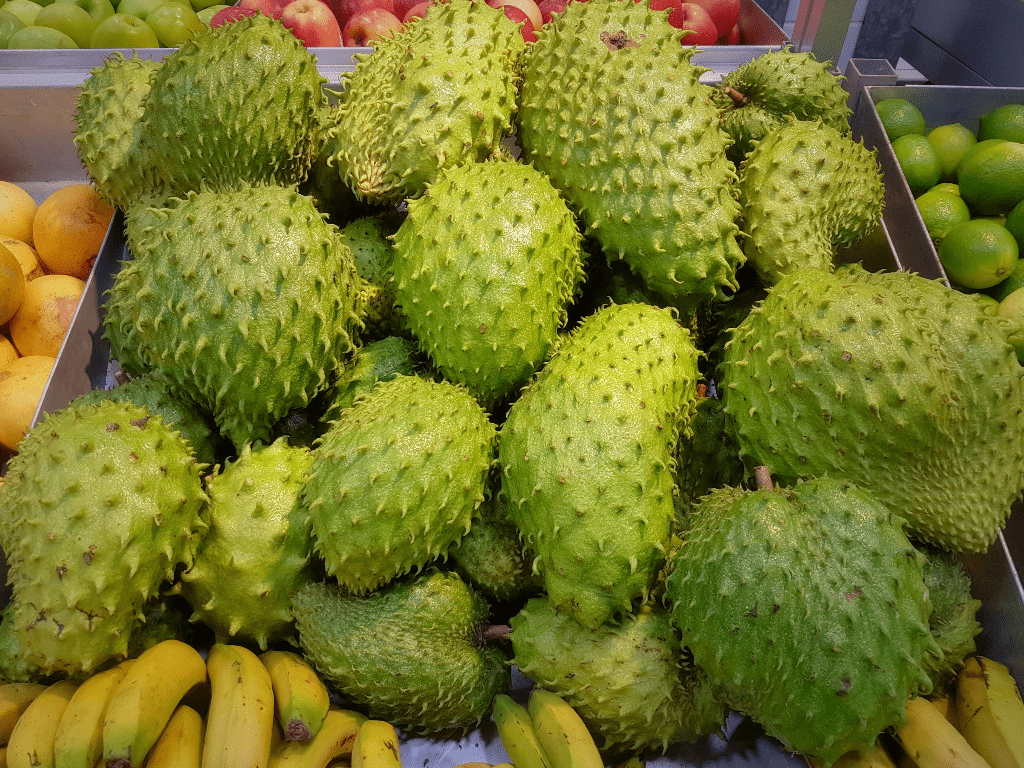
Soursop fruits are large, heart-shaped, and green in color, with a spiky outer skin similar to that of a durian. The surface of the skin may have soft spines or bumps. When you cut open a soursop, you’ll find soft, white, fibrous flesh that’s divided into segments. The flesh surrounds numerous shiny, black seeds that are arranged in a pattern similar to that of a sunflower. The seeds are not typically consumed.
Taste: Soursop has a unique flavor that’s a combination of sweet and tangy, with notes of pineapple, banana, and citrus.
Origin: Soursop, also known as graviola or guanabana, is a tropical fruit native to the Americas, particularly in regions of South America, the Caribbean, and parts of Africa.
10. Horned Melon

The horned melon, also known as the kiwano, is cloaked in vibrant orange skin and adorned with horn-like protrusions. It is a true marvel, both in appearance and taste. The kiwano is a visual spectacle and a culinary surprise. When you cut open a horned melon, you’ll find translucent, jelly-like flesh with a vibrant lime-green color. The flesh is juicy and contains numerous small, edible seeds distributed throughout.

Taste: The horned melon has a unique flavor that’s often described as a combination of cucumber, banana, and citrus. Some also detect hints of kiwi and passion fruit in its taste profile.
Origin: It is a unique and exotic fruit native to Africa, particularly the Kalahari Desert region.
11.Star Apple
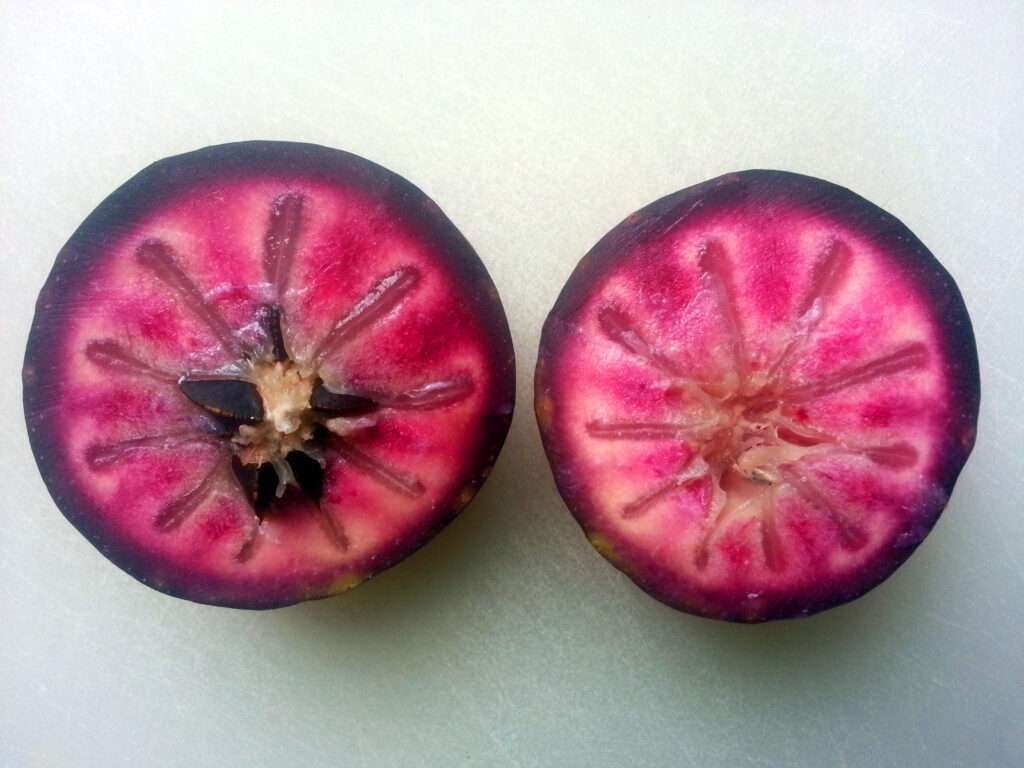
Star apple, also known as cainito, earns its name from its unique appearance when sliced horizontally, revealing a star-shaped pattern formed by the seeds. The fruit itself is round to oblate in shape, similar in size to an apple or a small grapefruit. When you cut open a star apple, you’ll find creamy, translucent flesh that’s divided into segments. The flesh can be white, greenish-white, or purple, depending on the variety.
Taste: Star apple offers a sweet, mild flavor with hints of vanilla and tropical notes. Its taste is often compared to a blend of lychee, pear, and grape, with a creamy texture reminiscent of a ripe avocado. The fruit is typically enjoyed fresh, and it’s best when fully ripe.
Origin: The star apple is believed to be native to the Greater Antilles in the Caribbean, particularly in Jamaica and the Dominican Republic. However, it has spread to other tropical regions around the world, including Central America, South America, and Southeast Asia, where it is cultivated for its delicious fruit.
12. Monstera Deliciosa

Imagine a fruit that’s a mix of the most beloved tropical flavors. That’s what the Monster Delicious tastes like, often dubbed the fruit salad plant. This exotic delicacy offers a taste that’s a mixture of banana, pineapple, with a hint of mango and passion fruit. Some even swear they catch the subtle sweetness of strawberries in every bite. It’s like a tropical vacation for your taste buds. But don’t let its luscious flavors fool you. These fruits play hard to get.
Origin: Now, growing this fruit is a bit complicated. Under the right conditions, the Monstera plant can flourish and bear fruit, but it’s a rare sight indoors. These plants are the divas of the plant world, thriving in the limelight of hot, humid climates like their native tropical rainforests from southern Mexico down to Panama.
13. Salak
Salak fruits are small, typically about the size of a fig or a large walnut. They have a rough, scaly skin that resembles snake scales, hence the name “snake fruit.” When you peel away the skin of a salak fruit, you’ll find 2-3 lobes of creamy-white to yellowish flesh. The flesh is crisp, crunchy, and juicy, with a texture similar to that of an apple or a pear. Each lobe contains one or two large, inedible seeds.
Taste: Salak has a unique flavor that’s sweet and tangy, with hints of citrus and pineapple. Some people also detect notes of banana or pear in its taste profile. The texture of the flesh is crunchy and refreshing, making it a popular snack in Southeast Asia.
Origin: Salak, also known as snake fruit or Salacca zalacca, is a tropical fruit native to Indonesia and other parts of Southeast Asia.
14. Jackfruit

Jackfruit is one of the largest fruits in the world, with some varieties reaching up to 80 pounds in weight. It has a distinctive oblong shape, similar to a watermelon or a durian, and it’s covered in a spiky, greenish-yellow rind. When ripe, the rind may turn brown or yellow, emitting a sweet fragrance. When you cut open a jackfruit, you’ll find numerous individual bulbs or “pods” of flesh, each containing a large seed. The seeds are typically boiled or roasted and eaten separately. Unripe jackfruit is commonly used as a meat substitute in vegetarian and vegan dishes, such as curries, stews, tacos, and sandwiches.
Taste: Jackfruit has a sweet and tropical flavor, often compared to a combination of pineapple, mango, and banana. The ripe fruit is juicy and aromatic, with a pleasant fragrance. The unripe fruit has a milder flavor and firmer texture, making it suitable for savory dishes.
Origin: The Jackfruit tree towers with its glossy green foliage, stretching up to 20 meters high. A sentinel in the landscape of Bangladesh, India, Thailand, and the Philippines. Although it is considered the national fruit of Bangladesh.
15. Rambutan

Rambutan fruits are small to medium-sized, roughly the size of a golf ball. They have a round or oval shape and are covered in a hairy outer skin or peel that resembles the spines of a sea urchin. The color of the peel can vary from bright red to yellow or orange, depending on the variety and ripeness of the fruit. When you peel away the spiky outer skin of a rambutan, you’ll find translucent, juicy flesh that’s similar in texture to a grape or a lychee.
Taste: Rambutan has a sweet and mildly acidic flavor, akin to a grape or a lychee. The taste is refreshing and tropical, with floral undertones.
Origin: Rambutan is a tropical fruit native to Southeast Asia, particularly Indonesia, Malaysia, Thailand, and the Philippines.
16. Dragon Fruit

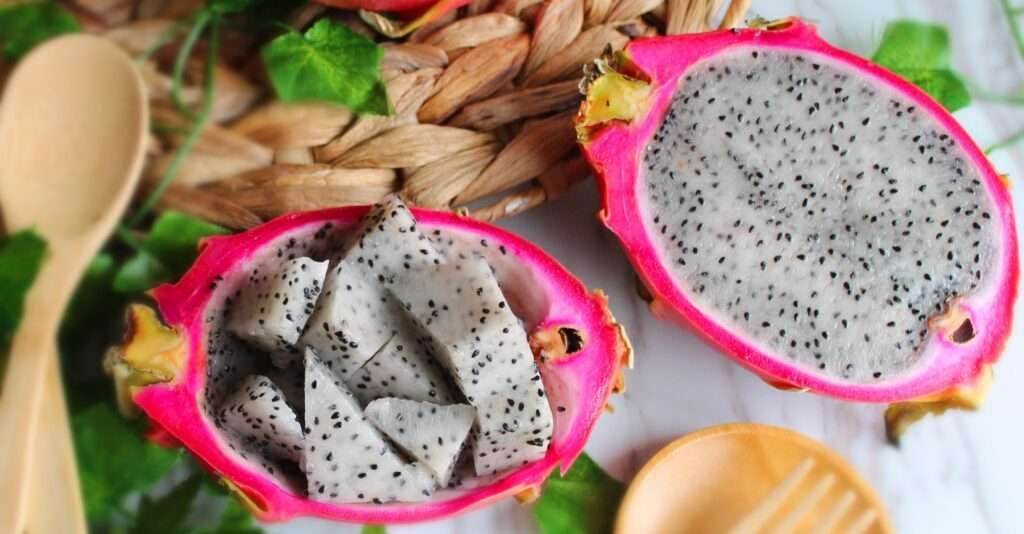
Dragon fruit has a striking appearance, with vibrant pink or yellow skin and green scales resembling those of a mythical dragon. The fruit is oval or egg-shaped, typically ranging from 10 to 20 centimeters in length. When you cut open a dragon fruit, you’ll find translucent, juicy flesh speckled with small, black seeds, similar to those found in kiwi fruit. The flesh can be white or pink, depending on the variety. The texture is smooth and crunchy, akin to that of a kiwi or a pear. The dragon is not just a pretty face; it’s loaded with fiber, antioxidants, and vitamins.
And here’s a fun fact for you: The Dragon is actually a type of cactus! It’s the belle of the cactus ball, showing off its gorgeous flowers that bloom at night. These flowers are not only beautiful but also quite the night owls, blooming under the moonlight.
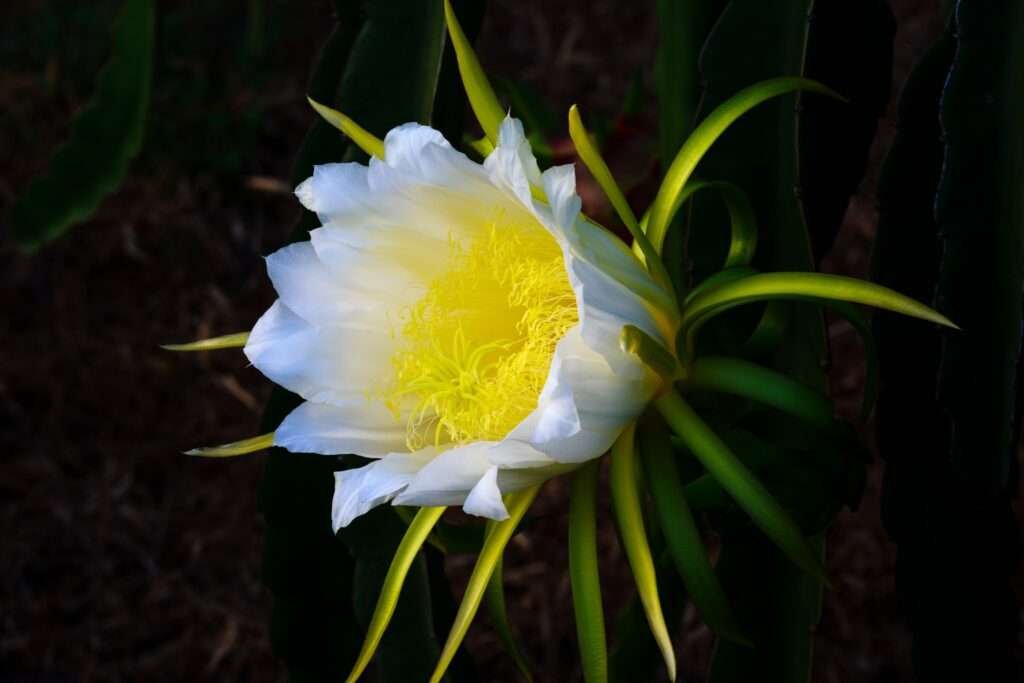
Taste: Dragon fruit has a mild, sweet flavor with subtle notes of kiwi, pear, and watermelon. The taste is refreshing and slightly tangy, with a hint of floral undertones. The flesh is juicy and hydrating, making it a popular choice for fresh fruit salads, smoothies, and desserts.
Origin: Dragon fruit, also known as pitaya or pitahaya, is a tropical fruit native to Central and South America.
17. Lucuma

Lucuma fruit is round or oval-shaped, similar in size to a medium-sized avocado or a small mango. When ripe, it has greenish-yellow to orange skin with a rough texture resembling that of a cantaloupe. The flesh inside is yellow or orange, with a smooth and creamy texture.
Lucuma, also known as the Gold of the Incas, is a sublime treasure. It’s not just a treat for the palate; this fruit is a powerhouse of nutrients, packed with beta-carotene, iron, zinc, vitamin B3, calcium, and protein.
Taste: Lucuma has a unique flavor that’s often described as a mix of sweet potato, maple syrup, and butterscotch. It has a rich, caramel-like sweetness with hints of earthiness and nuttiness. The flavor is both sweet and slightly savory, making it versatile for use in both sweet and savory dishes.
Origin: Lucuma is a tropical fruit native to the Andean regions of South America, particularly Peru, Chile, and Ecuador.
18. Screwpine


Taste: The cones are sweet and yield a juice that tastes like thick mango nectar.
Origin: The hala fruit is a large edible fruit made up of numerous segments called keys or cones and is found in Southeast Asia, eastern Australia, Pacific Islands, and Hawaii. Also called the Tahitian screw pine or thatch screwpine, the hala fruit tree is one of the 750 or so trees that belong to the Pandanus species.
19. Nipa Palm fruit

Nypa fruticans, commonly known as the nipa palm or mangrove palm, is a species of palm native to the coastlines and estuarine habitats of the Indian and Pacific Oceans. Unlike most palms, the nipa palm’s trunk grows beneath the ground; only the leaves and flower stalk grow upwards above the surface. The leaves can extend up to 9 meters (30 feet) in height. The outer skin of the nipa fruit is thin and fibrous, with a somewhat leathery texture. Inside, the fruit contains soft and pulpy flesh.
Taste: Nipa fruit has a unique taste that is sweet and slightly tangy, with hints of tropical flavors. The flavor is often compared to a mix of coconut and pineapple, with a subtle nutty undertone.
Origin: It is considered native to China, the Ryukyu Islands, Bangladesh, India, Sri Lanka, the Andaman and Nicobar Islands, Myanmar, Cambodia, Thailand, Vietnam, Borneo, Java, Maluku, Malaysia, Singapore, the Philippines, Sulawesi, Sumatra, the Bismarck Archipelago, New Guinea, the Solomon Islands, the Caroline Islands, and Australia.
20. Cocoa Pods
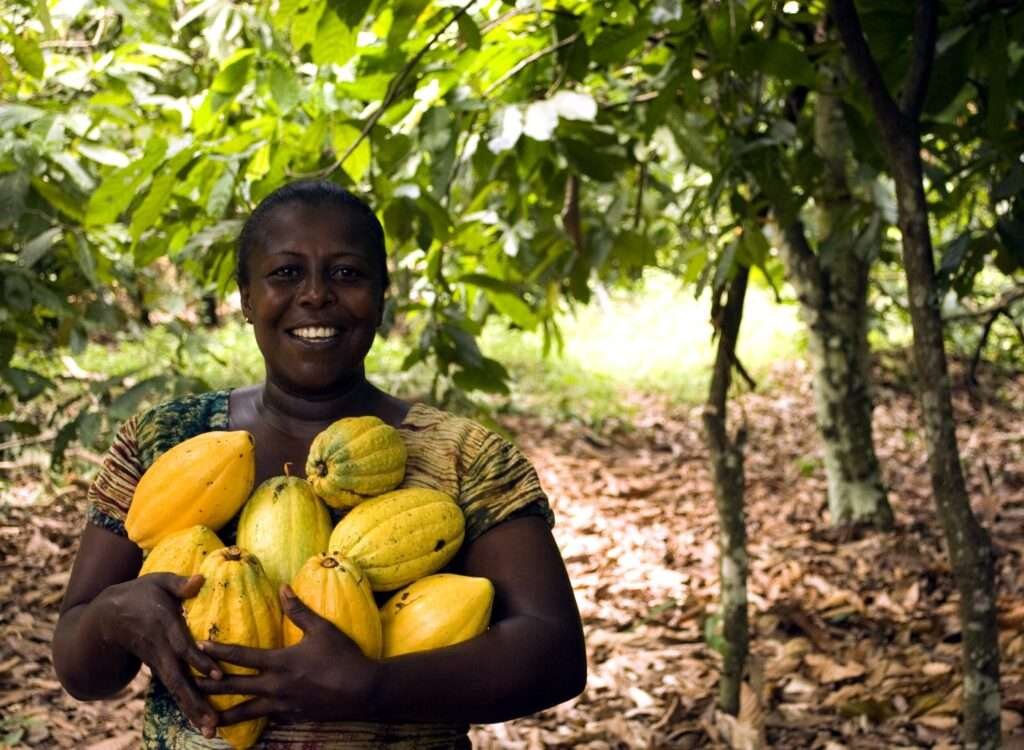
Cocoa pods are large, oblong or ovoid in shape, typically measuring about 15 to 30 centimeters (6 to 12 inches) in length. They have a thick, leathery rind that ranges in color from yellow to red to purple, depending on the variety and ripeness of the fruit. The surface of the rind is often ribbed or ridged, giving the pod a textured appearance.

Inside the cocoa pod, numerous cocoa beans are embedded in a white, mucilaginous pulp. The beans are arranged in five rows, surrounded by the sweet and tangy pulp, which serves as food for the developing seeds. Each pod contains anywhere from 20 to 50 cocoa beans, depending on the size of the fruit and the variety of the cocoa tree.
After harvesting, cocoa pods are opened to extract the cocoa beans and pulp inside. The beans and pulp are then fermented, dried, roasted, and ground to produce cocoa mass, which is used to make chocolate and cocoa products. The pulp surrounding the beans is also used to make cocoa juice and other beverages.

Taste: The pulp of the cocoa fruit has a sweet and tangy flavor, reminiscent of tropical fruits such as mango, pineapple, and citrus. The cocoa beans themselves have a bitter taste when raw, but they develop a rich, chocolatey flavor when fermented and roasted.
Origin: The cocoa fruit, also known as the cocoa pod, originates from the cocoa tree (Theobroma cacao), which is native to the tropical regions of Central and South America. The exact origin of the cocoa tree is believed to be in the Amazon rainforest basin, where it has been cultivated and consumed by indigenous peoples for thousands of years.
From the spiky exterior of the durian to the delicate sweetness of the mangosteen, exotic fruits offer a tantalizing glimpse into the rich tapestry of flavors that nature has to offer. Whether enjoyed fresh, juiced, or incorporated into culinary creations, these fruits invite us to embark on a sensory journey around the world, celebrating the diversity and abundance of our planet’s bounty.
